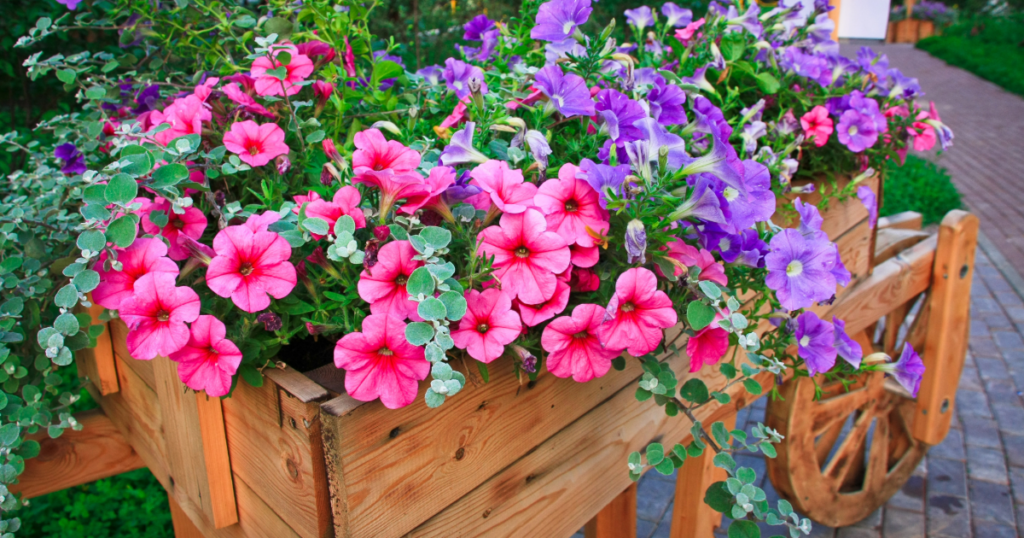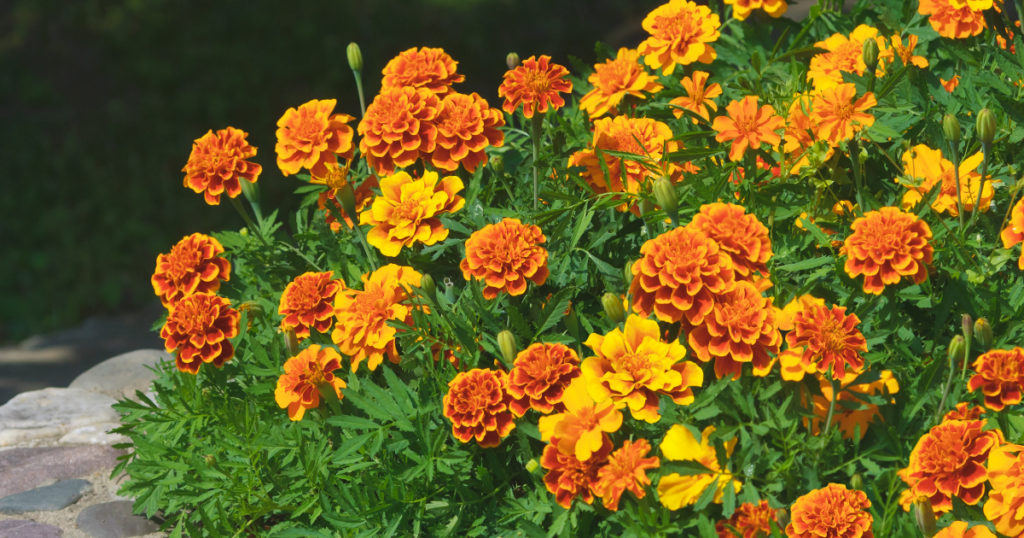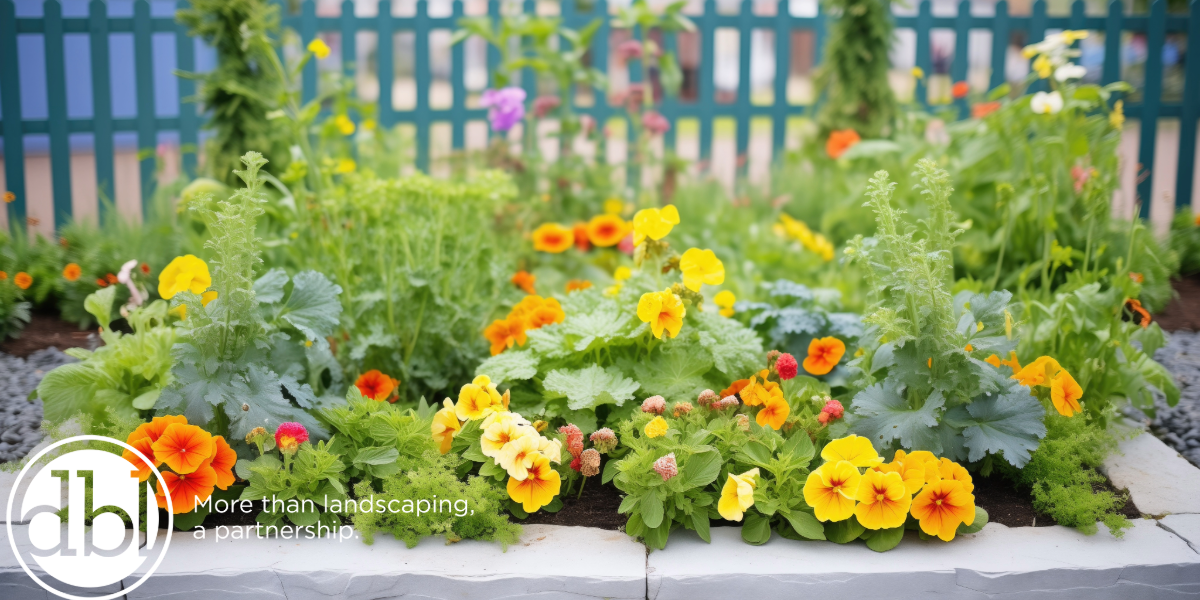Introduction:
As the desert sun warms the Arizona soil, spring brings a promise of renewal and vibrancy. For gardeners, it’s a time to infuse life and color into landscapes that have braved the subtleties of a cooler winter. Spring annuals are the perfect candidates to achieve this, offering a burst of color that complements the state’s natural palette. This guide will take you through the steps and considerations for planting annuals that thrive in Arizona’s unique climate, providing your garden with a splash of seasonal color.
Understanding Arizona’s Climate and Soil:
Before planting, it’s essential to understand the growing conditions specific to Arizona. With a predominantly desert climate, the region sees low rainfall, high temperatures, and soil that varies from sandy to clay-heavy compositions. These factors influence not only the choice of annuals but also the preparations required for successful planting.
- Choosing the Right Spring Annuals:
Selecting annuals that are well-adapted to Arizona’s climate is crucial. Look for species that can withstand dry conditions and still offer a robust color display. Some excellent choices include:








- Petunias: With their trumpet-shaped flowers, petunias are hardy and can endure the full sun.
- Marigolds: These hardy blooms can handle the transition from cool to hot temperatures and are known for their bright oranges and yellows.
- Zinnias: These flowers bring a spectacular variety of colors and are drought-tolerant once established.
- California Poppies: These native blooms are ideal for a lower-maintenance garden, requiring less water and offering a beautiful orange hue.


- Soil Preparation:
A thriving annual bed starts with the soil. In Arizona, this might mean improving drainage and nutrient content.
- Amend the soil: Incorporate compost or a balanced soil mix to provide the organic matter necessary for plant growth.
- Consider raised beds: In areas where the soil is particularly compact or poor in quality, raised beds allow for better control over the soil your plants are growing in.


- Planting Your Annuals:
The key to vibrant annuals is not just what you plant but how you plant them.
- Timing: Plant your spring annuals after the last frost date, which can vary throughout Arizona. In most areas, this will be from late February through March.
- Spacing: Give each plant enough room to grow to its full size. Overcrowding can lead to poor air circulation and increased disease pressure.
- Depth: Plant at the same depth they were in their containers. Planting too deep can cause stem rot, while too shallow can dry out the roots.


- Watering and Mulching:
Once planted, your annuals will need consistent care to establish themselves.
- Watering: While mature Arizona-friendly annuals can often make do with less water, newly planted flowers require consistent moisture to develop strong roots.
- Mulching: A layer of mulch helps retain soil moisture and reduce weed competition. In Arizona’s heat, mulch also helps keep the root zone cooler.


- Ongoing Care:
Regular maintenance will ensure your annuals remain healthy and vibrant throughout the season.
- Fertilization: A regular feeding schedule with a balanced fertilizer helps promote steady growth and blooming.
- Deadheading: Remove spent flowers to encourage new blooms and prevent the plant from putting energy into seed production.
- Monitoring: Keep an eye out for pests and diseases, common in springtime as temperatures rise and insects become more active.
Conclusion:
With the right selection and care, spring annuals can transform any Arizona landscape into a colorful haven. They offer an opportunity to experiment with new hues each year, creating a dynamic garden that reflects the changing seasons. Remember, the desert climate is not a limitation but an invitation to explore a diverse array of resilient beauties that find a perfect home in the warmth of Arizona.
By embracing the tips in this guide, your spring garden will not only survive but thrive, becoming a testament to the vivacity and adaptability of life in the desert. Now, with your trowel at the ready

